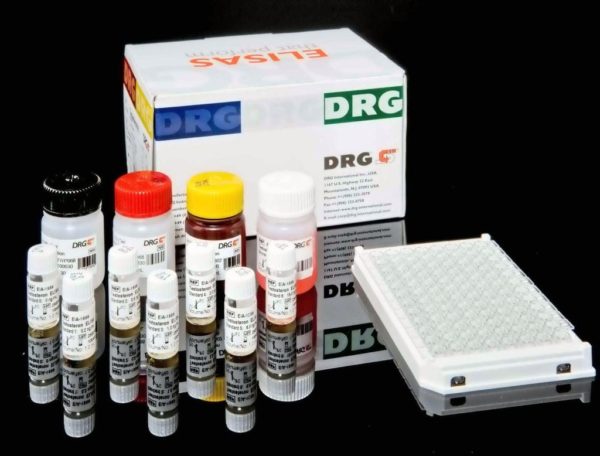Description
Giardia Ag Rapid Test (RAP_5407 and RAP_5408) chromatographic immunoassay is a procedure for in vitro qualitative detection of Giardia antigens in stool samples. Giardia
intestinalis, also called Giardia lamblia, is a gastrointestinal protozoan parasite infecting various species (mammals, birds, etc.). It causes a clinical picture that ranges from the symptom-free carrier to cases of acute or chronic diarrheic disease, especially in children. Both parasites are found throughout the world, particularly in areas with deficient
sanitary conditions. Giardia lamblia infects through ingestion of its cysts, which can remain viable even in chlorinated water. When cysts reach the duodenum, each one releases up to 4 flagellated trophozoites (invasive form) that colonize the cells in the duodenum and proximal jejunum. Symptoms appear 1-3 weeks after contagion, following an incubation period of approximately 8 days. The most frequent presentation is characterized by diarrhea, weight loss, colic-type abdominal pain and slow growth and development. Symptom onset may be sudden or gradual; the disease can be self-limited or produce severe diarrhea with poor intestinal absorption. In humans, digestive function alterations are common in children. There are persistent symptoms, such as poor sugar absorption (particularly disaccharides like sucrose and lactose), fats and liposoluble vitamins. Lactose intolerance
is common following acute infection and relapses or re-infection can appear. In rare cases, the trophozoites invade the intestinal wall, causing inflammatory diarrhea and fever. Whether they produce toxic substances has not been documented. The test is based on the immunological capture of colored microparticles as they pass through a membrane on which the monoclonal antibody has been immobilized.
Giardia Ag Rapid Tests (RAP_5407 and RAP_5408) use monoclonal Giardia lamblia -specific antibodies that detect all forms of the parasite’s life cycle. The test is based on the use of red microspheres linked covalently to an anti-Giardia lamblia monoclonal antibody, plus blue microspheres as test control. The parasite present in stool samples reacts with the latex particles which are coated with monoclonal antibodies specific against the antigen. This latex particles/antibodies/parasite complex migrates through a chromatographic process towards the reaction area. In this area, there are anti-Giardia antibodies that react with the latex particles/antibodies/parasite complex. This reaction leads to the appearance of a red line. These lines are used to interpret the result, at five minutes’ room-temperature incubation.




